Table of Contents
The geography of Ethiopia is a captivating blend of diverse landscapes and historical significance. Situated in the Horn of Africa, this nation’s geographic location has played a pivotal role in shaping its history and cultural identity.
Nestled in the Horn of Africa, Ethiopia geography beckons adventurous travelers with its high plateaus, breathtaking valleys, and ancient historical sites. From exploring the majestic Simien Mountains to uncovering the cultural tapestry of Addis Ababa, Ethiopia’s diverse landscapes and rich history offer an unforgettable journey for intrepid tourists seeking a unique and enriching experience.
The physical geography of Ethiopia paints a picture of awe-inspiring natural masterpieces. From the stunning cliffs of the Blue Nile Gorge, which has played a significant role in the nation’s history, to the diverse ecosystems that dot the country, Ethiopia stands as a testament to nature’s grandeur.
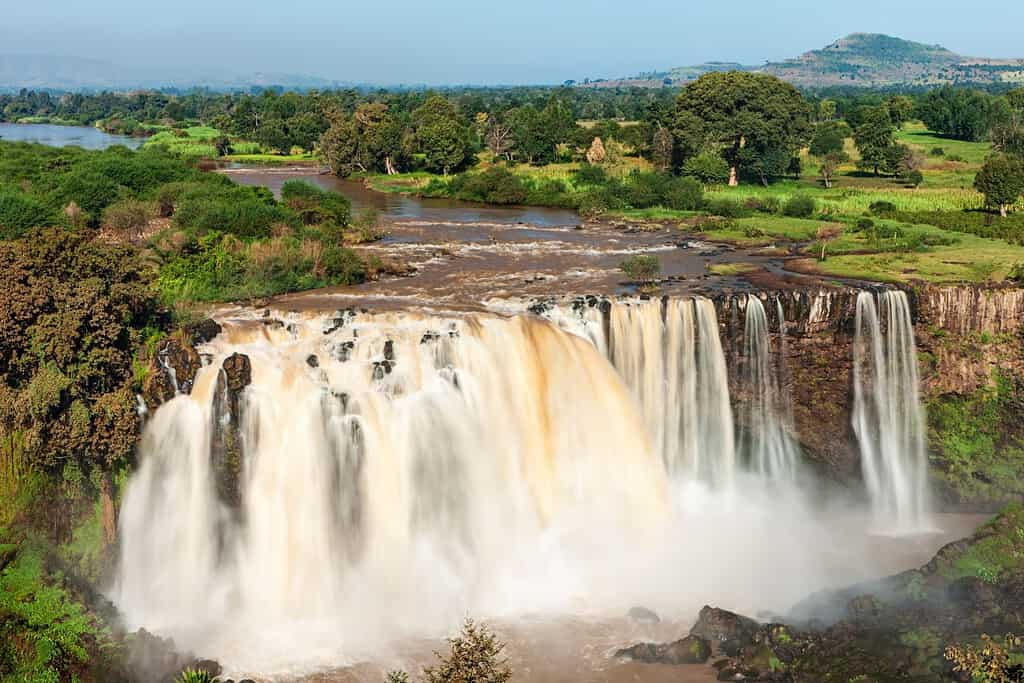
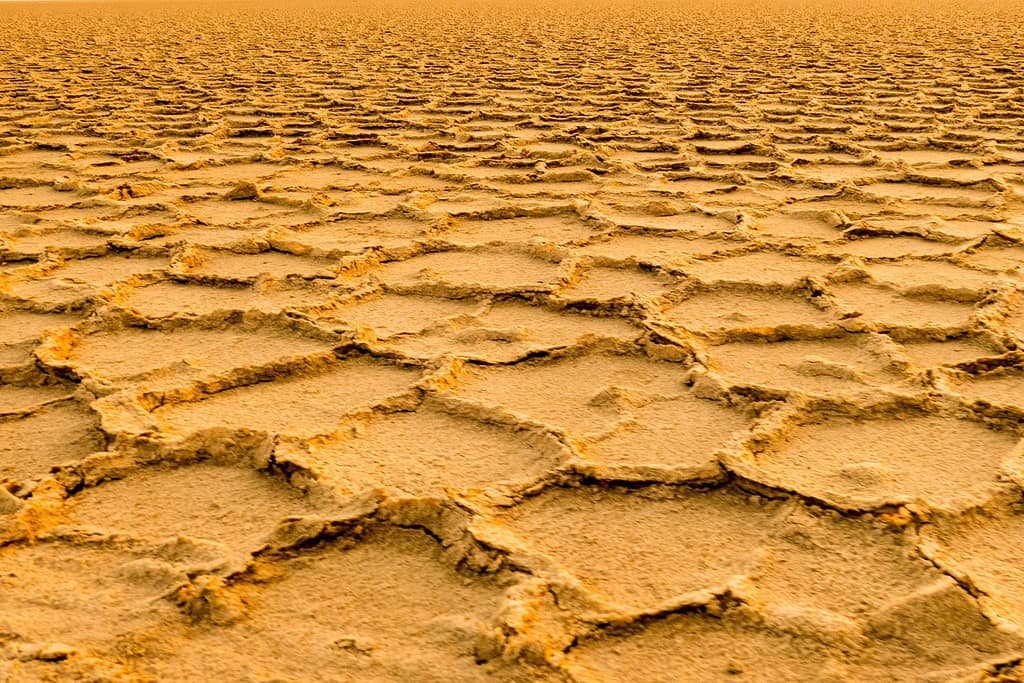
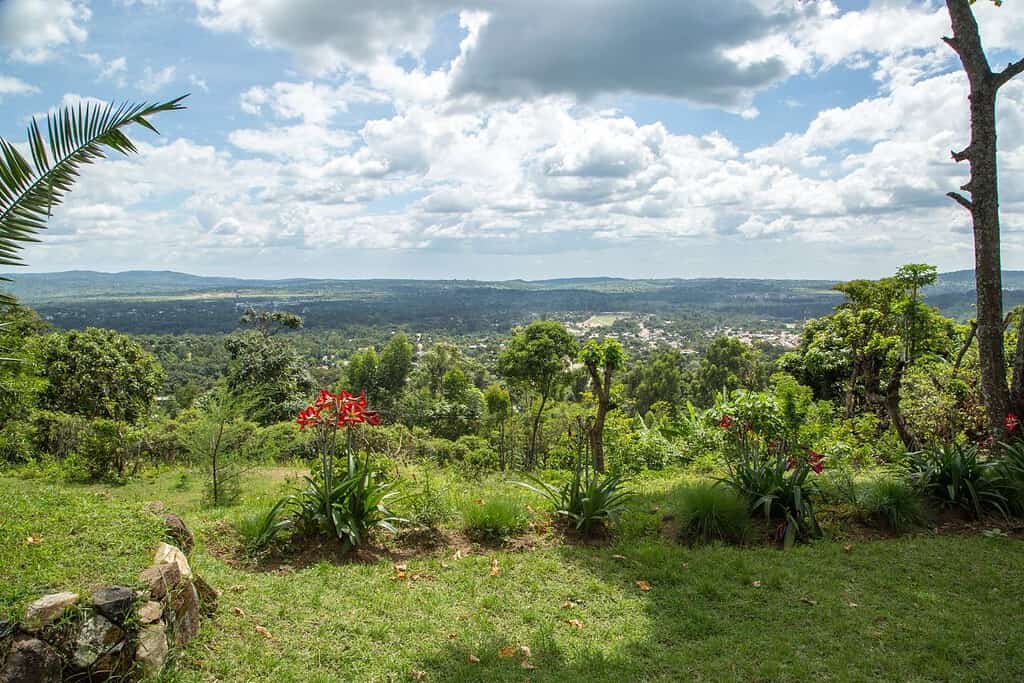
Top Geographic Features of Ethiopia
- Simien Mountains: The majestic Simien Mountains, located in northern Ethiopia, are renowned for their dramatic landscapes, deep valleys, and high peaks, influencing the region’s climate and topography.
- Blue Nile River: Originating from Lake Tana in Ethiopia, the Blue Nile is one of the major tributaries of the Nile River, providing essential water resources for agriculture and hydroelectric power.
- Danakil Depression: Situated in northeastern Ethiopia, this is one of the hottest and lowest places on Earth. It’s known for its otherworldly landscapes, including lava lakes, salt flats, and colorful mineral deposits.
- Great Rift Valley: This vast geological feature stretches through Ethiopia, marked by numerous lakes, volcanoes, and fertile agricultural lands.
- Harar Jugol: The historic walled city of Harar is a UNESCO World Heritage site and holds significant cultural and historical importance, known for its unique architecture and as a center of Islamic scholarship.
- Bale Mountains: Located in southeastern Ethiopia, the Bale Mountains are home to diverse ecosystems, from alpine moorlands to tropical cloud forests, and many endemic species.
- Awash River: Flowing through the eastern part of Ethiopia, the Awash River is vital for local agriculture, and irrigation, and is surrounded by a national park of the same name.
- Lake Tana: The largest lake in Ethiopia, located in the northwestern part of the country, is the source of the Blue Nile and is dotted with historic monasteries.
- Lalibela Rock-Hewn Churches: Situated in the Amhara region, these 11 medieval monolithic churches are carved out of rock and are significant pilgrimage sites for Ethiopian Orthodox Christians.
- Omo Valley: Located in the southern part of Ethiopia, the Omo Valley is home to numerous indigenous tribes and is known for its rich cultural diversity and archaeological significance.
These geographic features play a crucial role in shaping Ethiopia’s landscape, climate, and cultural history, making them essential elements in defining the country’s geography.
Ethiopia Geography
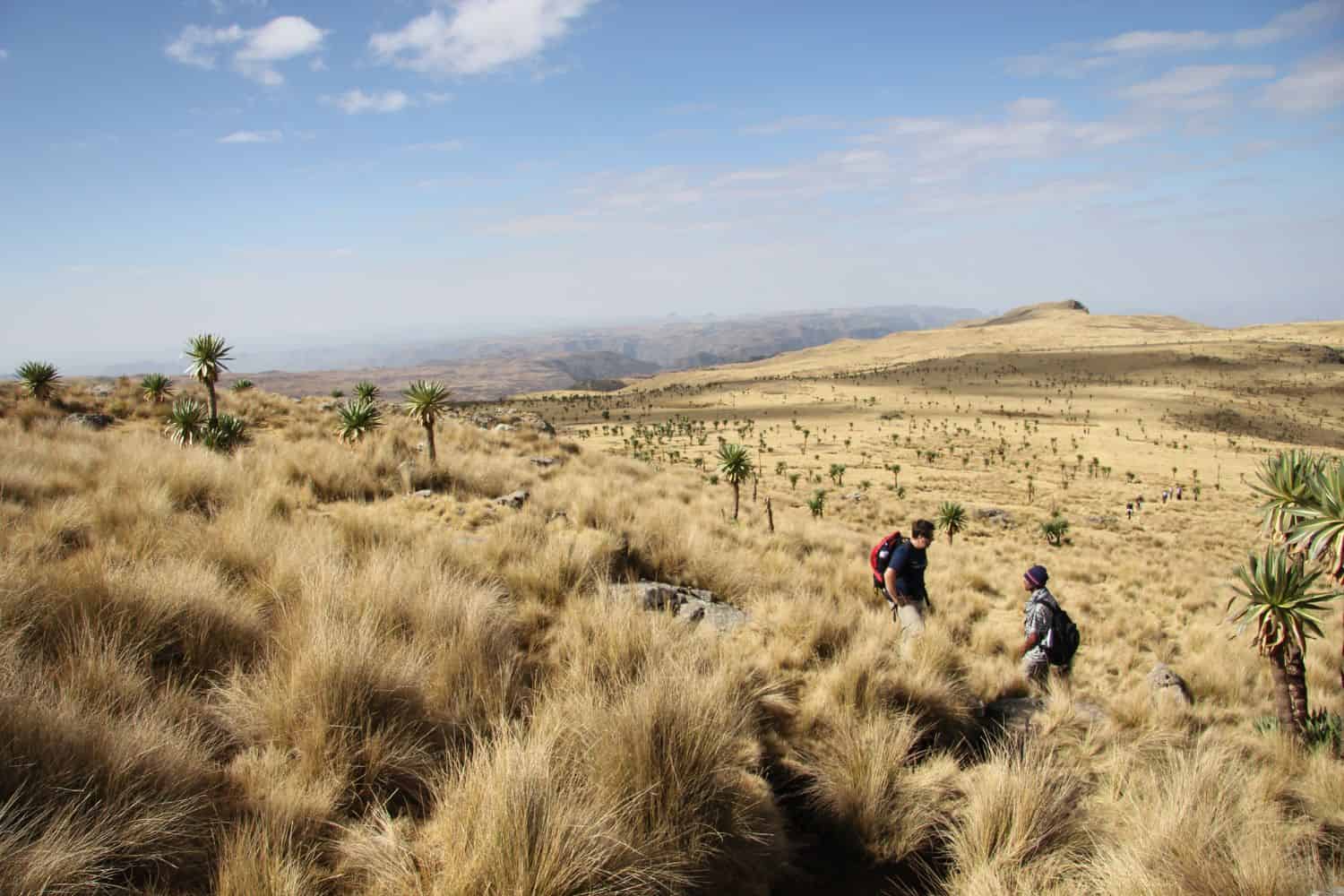
Exploring the Ethiopia National Geographic canvas reveals a breathtaking array of geographic features. From highland plateaus to the Great Rift Valley and fertile plains, the country presents a captivating tapestry of natural wonders.
- Mountain Ranges – The Crown of Diversity: Just as documentaries often feature towering mountain ranges, Ethiopia is home to the majestic Simien and Bale Mountains. These towering heights not only enhance the country’s scenic beauty but also harbor unique biodiversity and have shaped its cultural identity.
- Lakes – A Kaleidoscope of Colors: Ethiopia’s Rift Valley, with its numerous shimmering lakes like Lake Tana and Lake Awasa, mirrors the picturesque landscapes captured in photographs. These pristine lakes, surrounded by verdant landscapes, reflect the region’s geological richness.
- Deserts – Undulating Sands of Time: Just as desert features highlight vast landscapes, Ethiopia’s Danakil Depression showcases unique geological formations and extreme temperatures. This region narrates tales of resilience and adaptation in the face of nature’s challenges.
- Historical Sites – Unveiling the Past: Ethiopia’s historical sites, like the rock-hewn churches of Lalibela, evoke memories of explorations that uncover ancient civilizations. These architectural wonders stand as a testament to the country’s rich Christian heritage.
- Ethnic Diversity – A Cultural Melting Pot: Similar to the National Geographic focuses on diverse cultures, Ethiopia is a tapestry of ethnic groups, including the Oromo, Amhara, Tigray, and Somali. Each group brings unique traditions, languages, and customs, weaving a vibrant cultural mosaic.
- Wildlife – A Sanctuary for Nature: Ethiopia’s protected areas, such as the Simien Mountains National Park, mirror the coverage of wildlife conservation. These regions serve as vital habitats for endemic species like the Ethiopian wolf, preserving biodiversity in a diverse environment.
- Geological Marvels – A Natural Showcase: The country’s geological wonders, like the Erta Ale volcano, showcase Ethiopia’s dynamic earth processes amidst the Great Rift Valley. Such phenomena demonstrate nature’s power and beauty.
- Remote Exploration – Uncharted Territories: The remote and isolated tribes of the Omo Valley beckon adventurers, much like quests into uncharted territories. This region offers a glimpse into untouched landscapes and ancient cultural traditions.
Ethiopia geographic features are marked by the dominating presence of the Ethiopian Highlands. These elevated regions, with peaks like Ras Dashen, create a stunning backdrop for the nation’s varied topography. The historic Harar, a UNESCO World Heritage site, stands as a testament to the country’s rich history and cultural significance.
Flowing gracefully through the Ethiopian landscape are the life-giving rivers of the Blue Nile and the Awash River, essential for agriculture and irrigation. Additionally, the expansive Danakil Depression adds a unique dimension to the country’s diverse geography.
Ethiopia Geographic Location
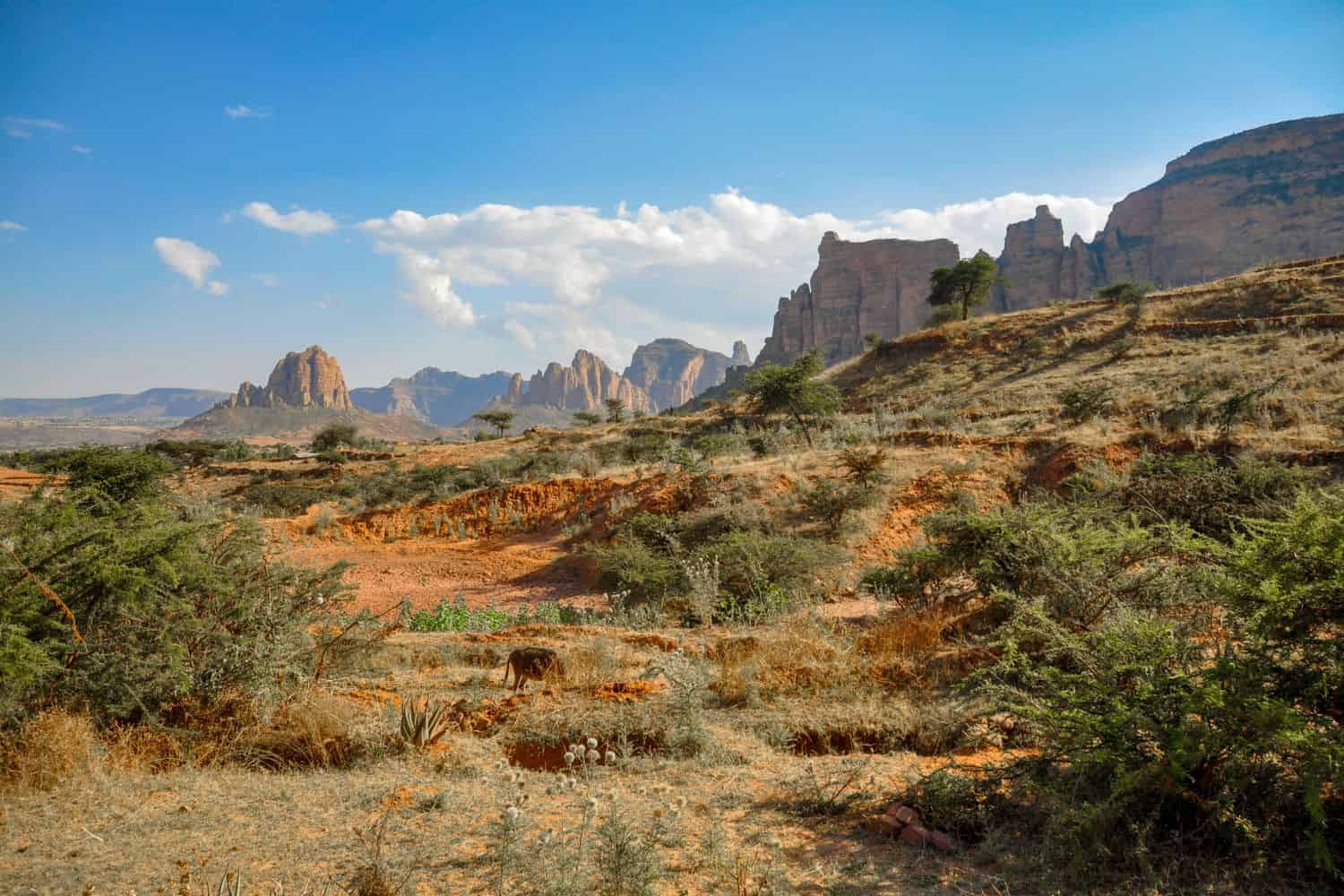
Ethiopia geographic location is very strategic, and its position has played a significant role throughout history. Located in the Horn of Africa, the country has been a crossroads for trade, migration, and cultural exchanges, emphasizing its historical significance.
Borders of Ethiopia
Ethiopia shares borders with several countries. Here is Ethiopia physical geography with the neighboring countries and the approximate total length of each border:
- Eritrea: The border between Ethiopia and Eritrea is approximately 1,033 kilometers long.
- Djibouti: The border between Ethiopia and Djibouti is approximately 342 kilometers long.
- Somalia: The border between Ethiopia and Somalia is approximately 1,640 kilometers long.
- Kenya: The border between Ethiopia and Kenya is approximately 867 kilometers long.
- South Sudan: The border between Ethiopia and South Sudan is approximately 1,299 kilometers long.
- Sudan: The border between Ethiopia and Sudan is approximately 744 kilometers long.
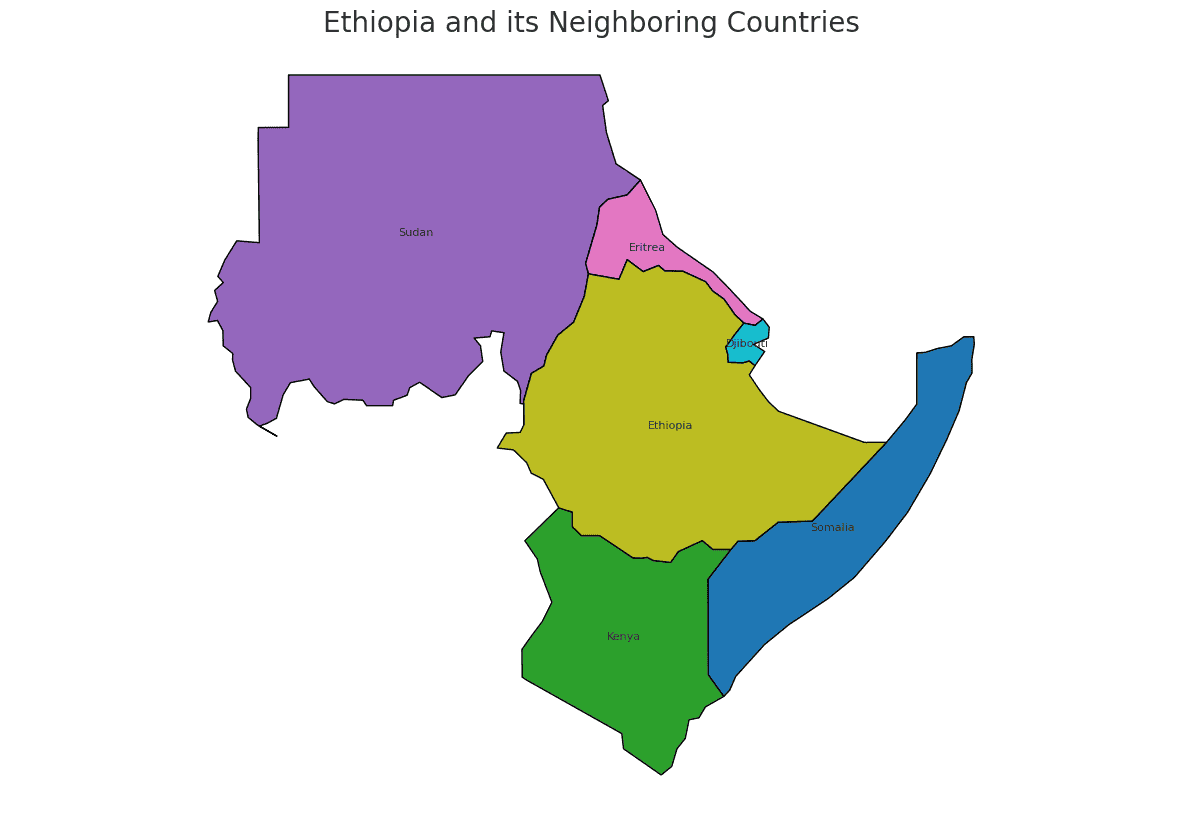
| Ethiopia Neighboring Country | Border Length (Approximate) |
|---|---|
| Eritrea | 1,033 kilometers |
| Djibouti | 342 kilometers |
| Somalia | 1,640 kilometers |
| Kenya | 867 kilometers |
| South Sudan | 1,299 kilometers |
| Sudan | 744 kilometers |
These international borders define Ethiopia’s connections to different regions and contribute to the country’s geopolitical significance as a crossroads between East Africa and the Horn of Africa.
Geography of Addis Ababa Ethiopia
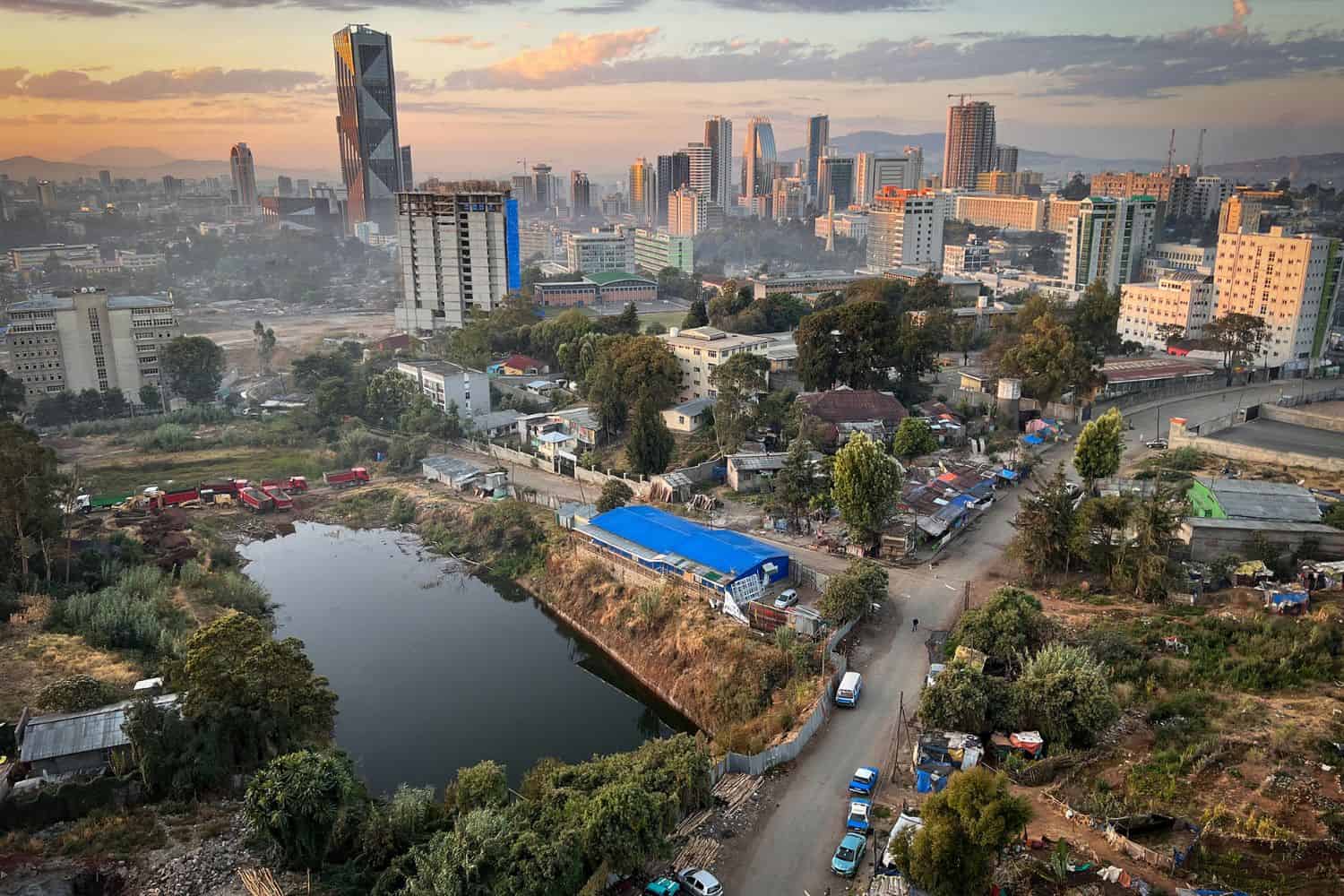
As the capital city of Ethiopia, Addis Ababa is a captivating microcosm of the country’s human geography. Here, various ethnic groups, including the Amhara, Oromo, Tigray, and Somali, coexist, contributing to the city’s vibrant cultural tapestry.
Addis Ababa, the capital city of Ethiopia
- City of Contrasts: Addis Ababa is known for its stark contrasts, where modern skyscrapers coexist with traditional neighborhoods, creating a unique blend of old and new.
- Rivers in Addis Ababa: Several rivers, including the Little Akaki, flow through the city, providing water for various uses and contributing to the city’s green landscape.
- Addis Ababa’s Elevation: The city is located at a high elevation, approximately 2,355 meters (7,726 feet) above sea level, surrounded by the Entoto Mountains.
- Green Spaces: Addis Ababa is home to several beautiful gardens and parks, including the Ethnological Museum gardens, offering a serene escape amidst the bustling city.
- Addis Ababa’s Historical Significance: With a history dating back over a century, Addis Ababa has witnessed various epochs and played a pivotal role in modern African politics.
- Diverse Architecture: The city showcases a diverse architectural heritage, reflecting influences from Italian, Art Deco, and modern styles.
- Mountain Views: The surrounding Entoto Mountains provide a scenic backdrop to the city, especially during the rainy season when they are lush and green.
- Menelik II’s Palace: The historic palace of Emperor Menelik II, situated in the heart of the city, is an iconic symbol of Addis Ababa’s significance throughout Ethiopian history.
- Addis Ababa’s Economy: The city serves as Ethiopia’s economic and cultural center, attracting people from all over the country seeking opportunities and education.
- Population Growth: Addis Ababa has experienced rapid population growth, with a significant influx of people from various regions, leading to urbanization and infrastructure challenges.
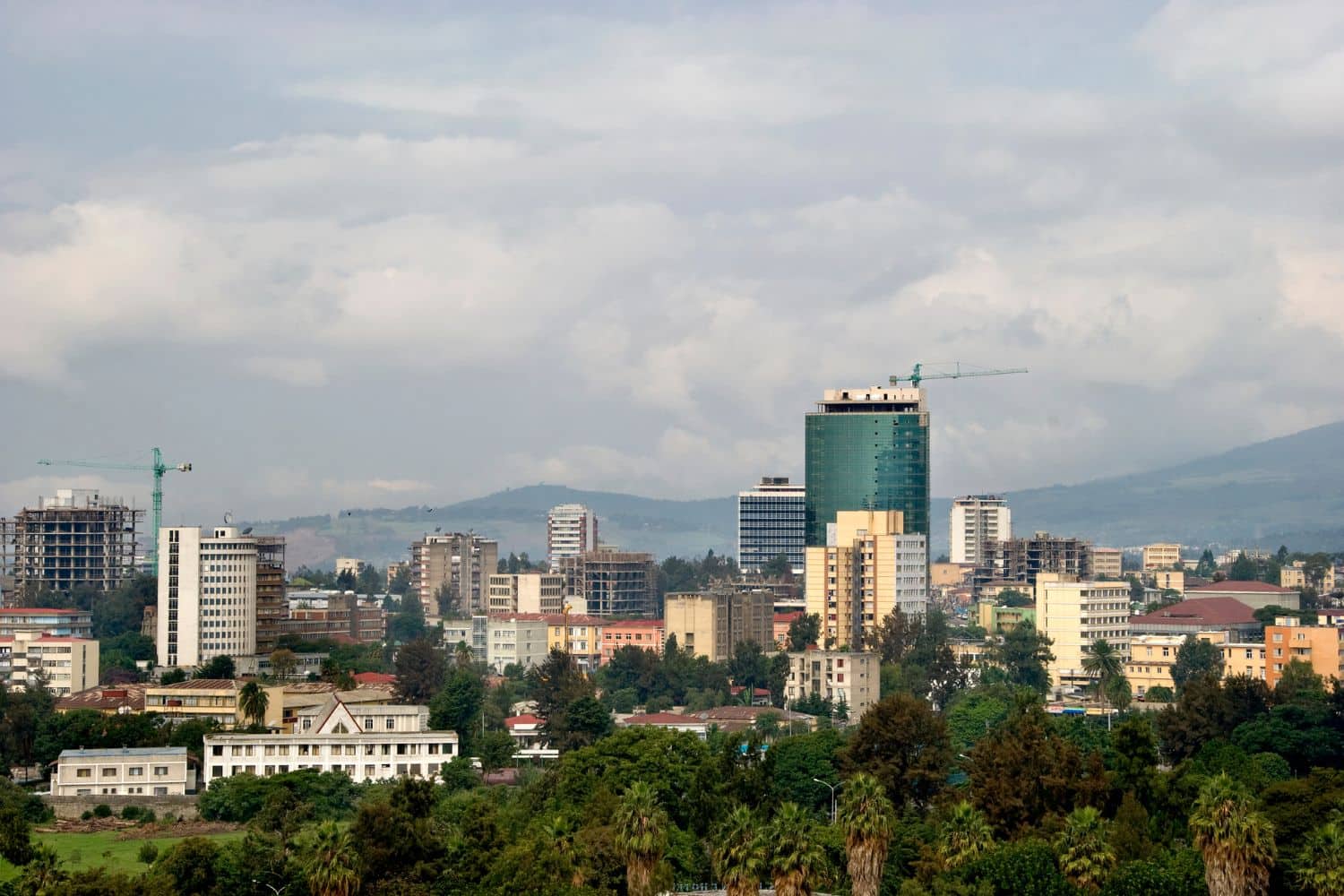
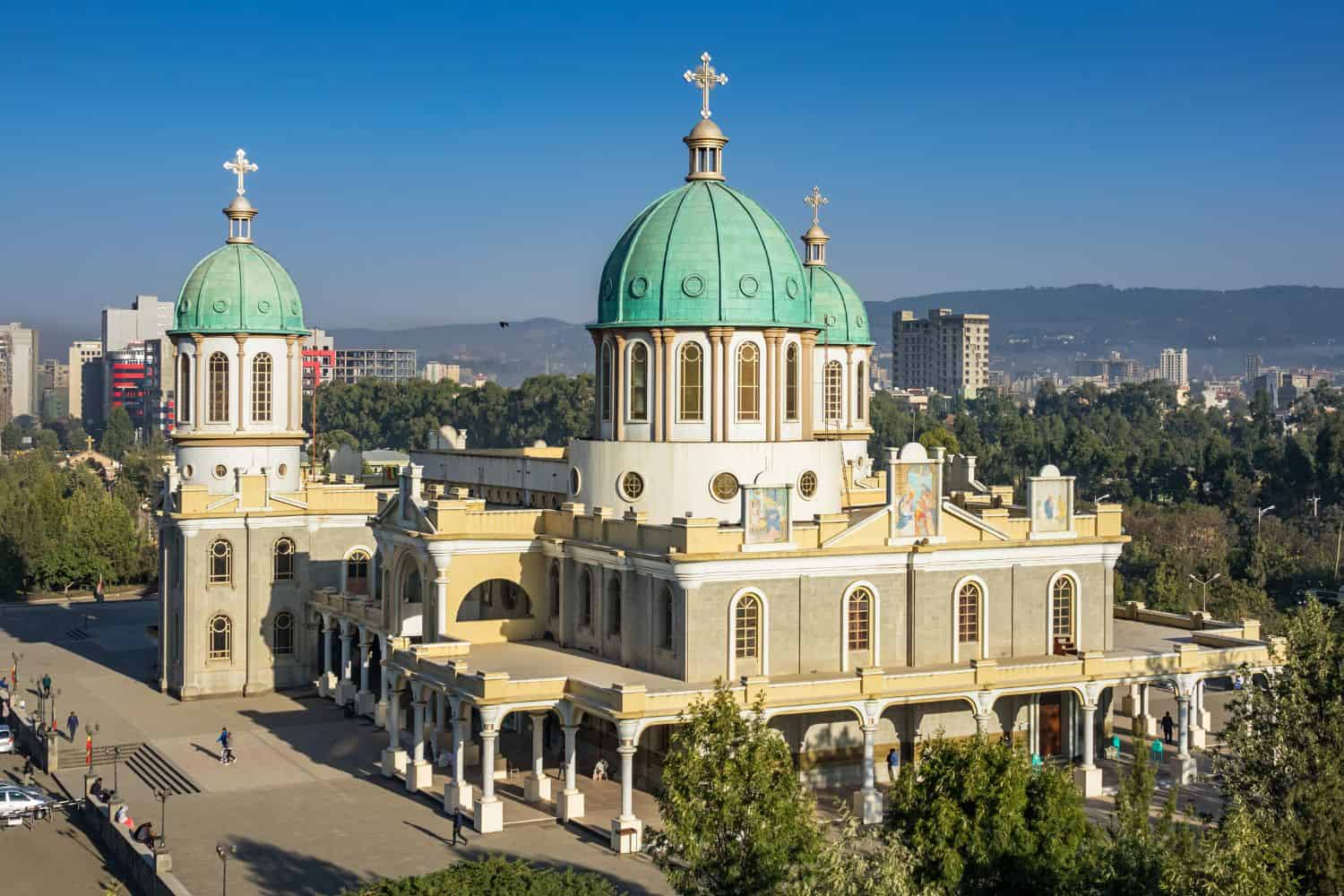
Historical Geographical Importance of Ethiopia
Throughout the ages, Ethiopia’s geographical significance has made it a sought-after stage for historical drama. As empires rose and fell, from the Aksumite Empire to the Solomonic dynasty, Ethiopia’s unique position played a pivotal role in shaping African history.
- Strategic Location: Ethiopia geographic location in the Horn of Africa has made it a strategic point for trade, cultural exchange, and historical events throughout history.
- Ancient Trade Routes: Historical trade routes connected Ethiopia to the Red Sea and beyond, facilitating the exchange of goods, ideas, and cultures.
- The Kingdom of Aksum: Ethiopia was home to the ancient Kingdom of Aksum, which played a significant role in regional trade and politics.
- Christian Heritage: Ethiopia is one of the earliest regions to adopt Christianity, with the Ethiopian Orthodox Church having a profound influence on its culture and history.
- Battles with Adjoining Empires: Ethiopia’s geographic position led to various battles with neighboring empires and states, including the Ottoman Empire and Egypt.
- Influence of Indigenous Cultures: Ethiopia’s diverse ethnic groups, each with its own language, culture, and history, have shaped the nation’s identity.
- The Lalibela Churches: The rock-hewn churches of Lalibela, constructed in the 12th century, are a testament to Ethiopia’s rich Christian heritage and architectural prowess.
- Influence of Islam: While predominantly Christian, Ethiopia also has a significant Muslim population, and the historical city of Harar is considered the fourth holiest city in Islam.
The geographical position of Ethiopia is a mosaic of beauty and historical importance. With its stunning highlands, ancient trade routes, and diverse cultural landscapes, this East African nation continues to capture the world’s imagination. Despite challenges, Ethiopia remains a compelling destination for the intrepid traveler and curious explorer, drawn to its blend of nature’s wonders and historical intrigue.
In conclusion, Ethiopia’s geographical significance has made it a stage for historical drama, with various empires and civilizations vying for control and leaving their mark on the region’s history. Its strategic position has shaped African historical events and continues to play a pivotal role in the geopolitics of the continent today.
More About Ethiopia
[the-post-grid id=”50355″ title=”Ethiopia Main page”]
